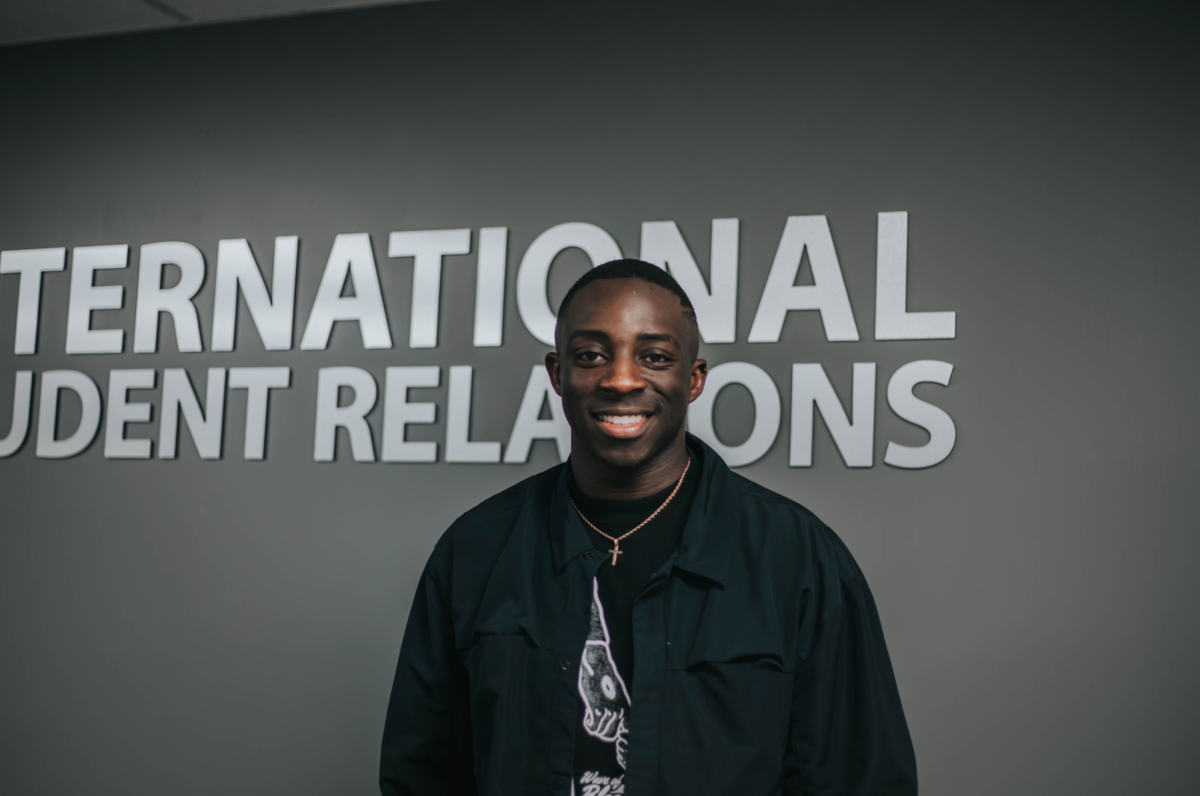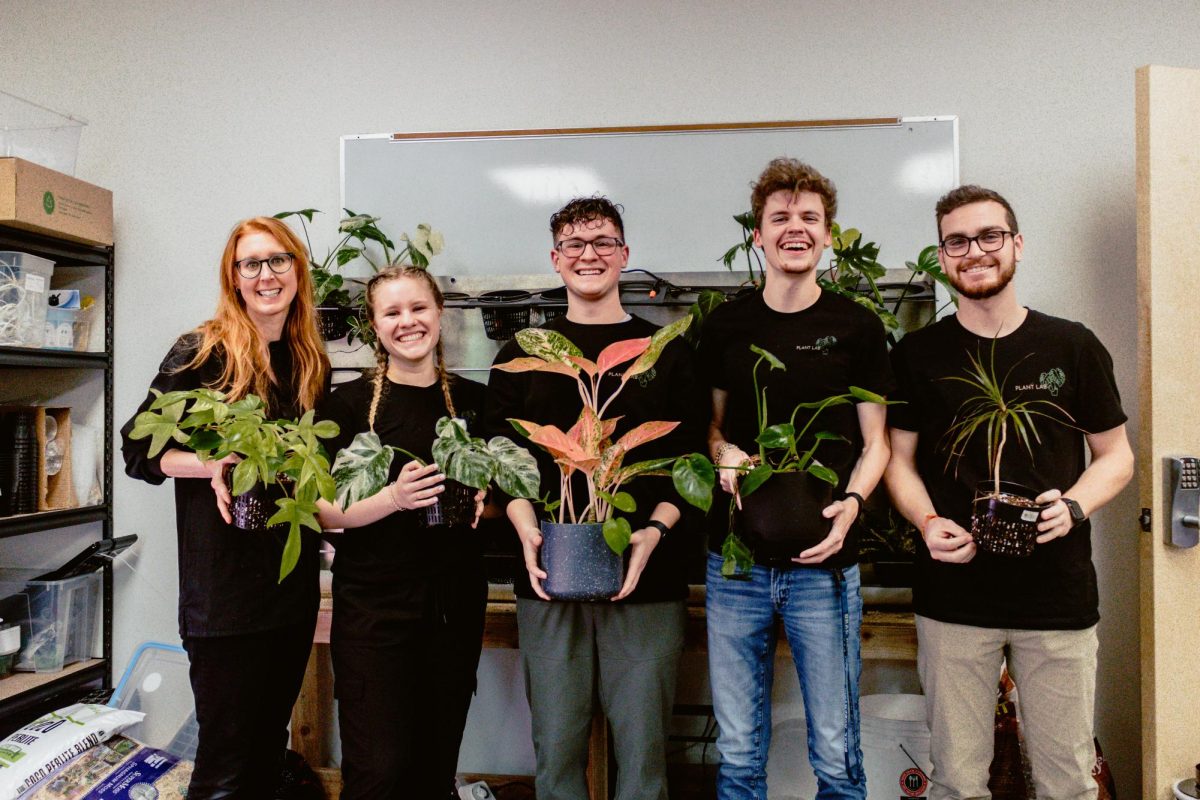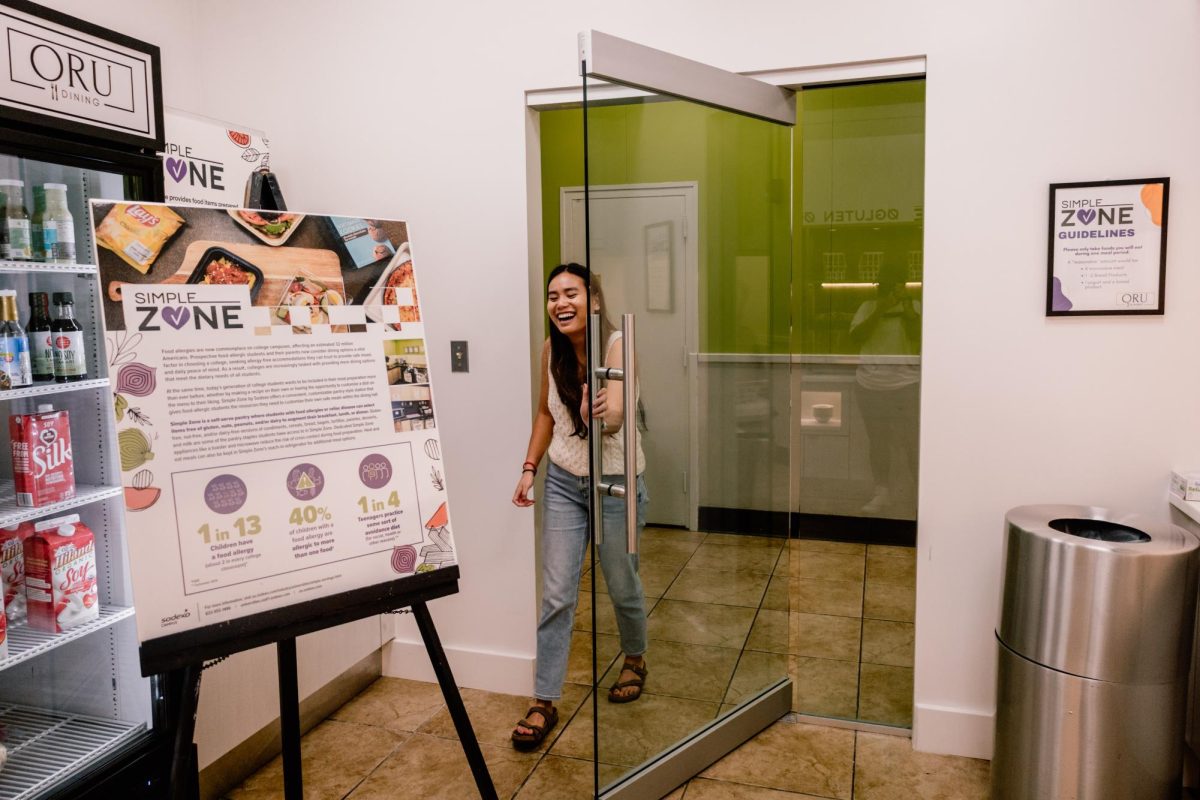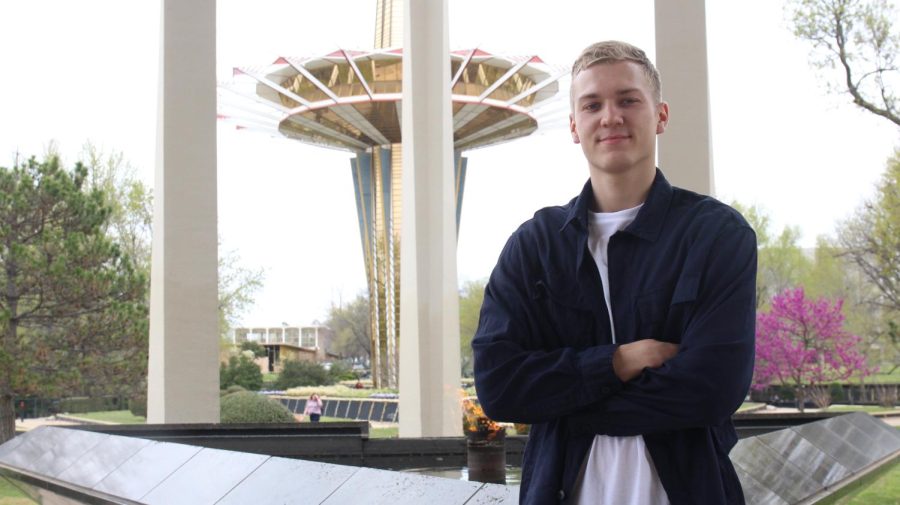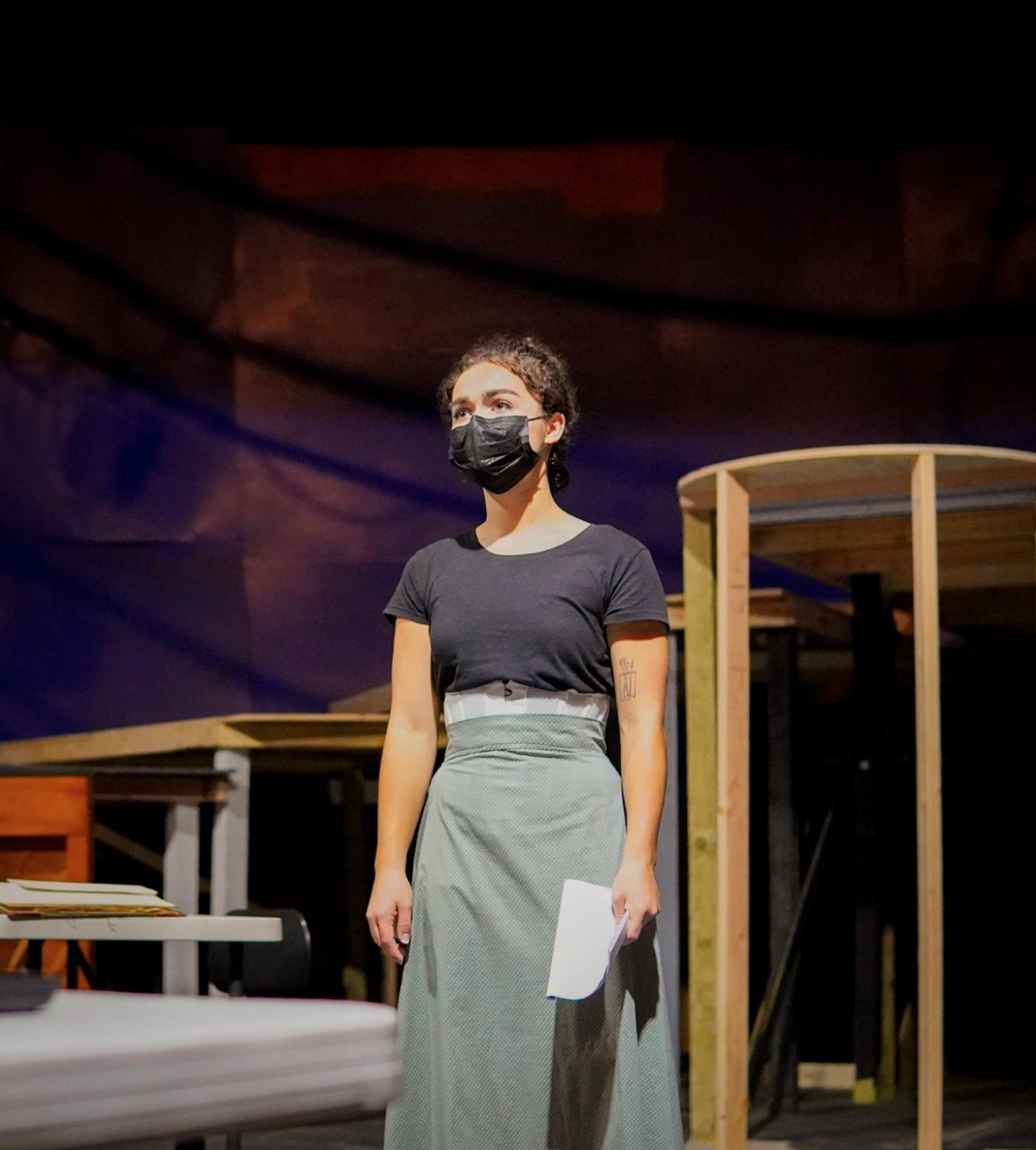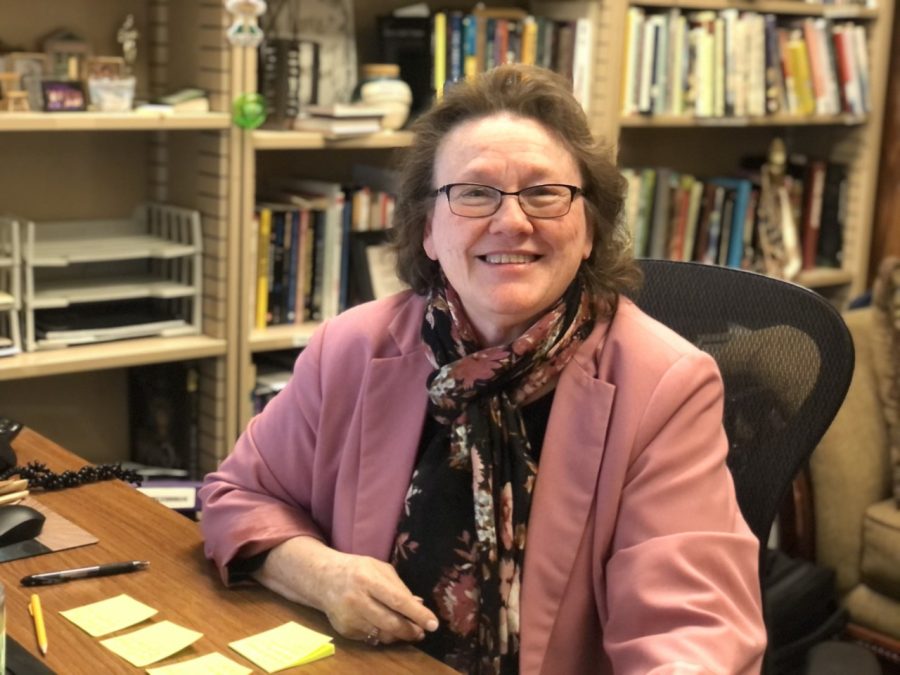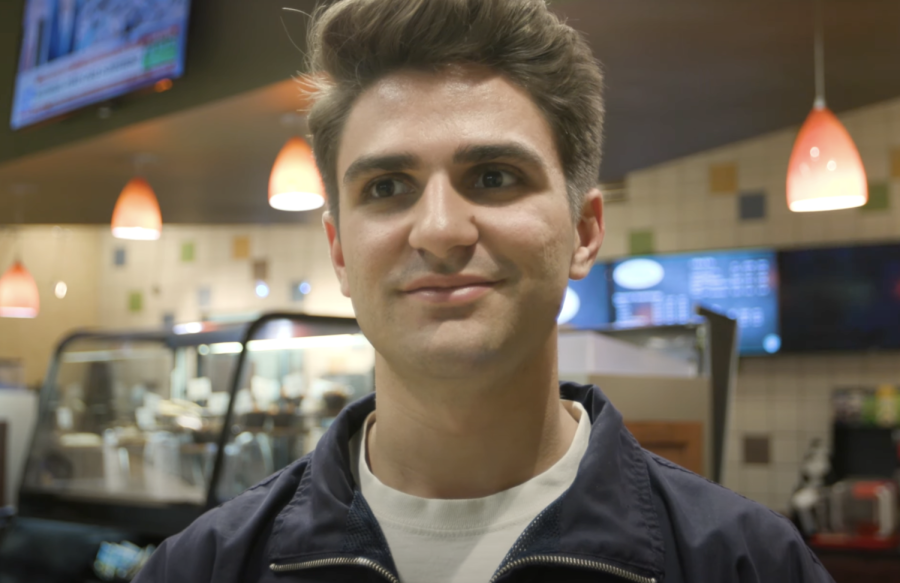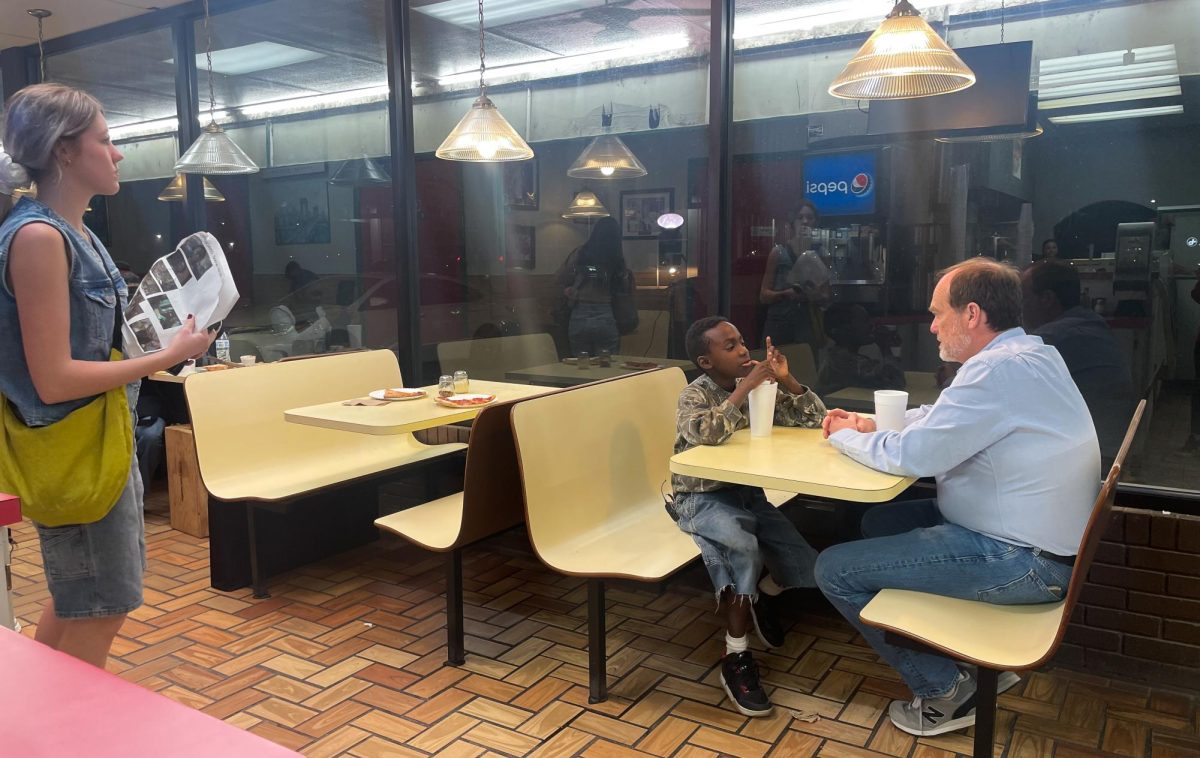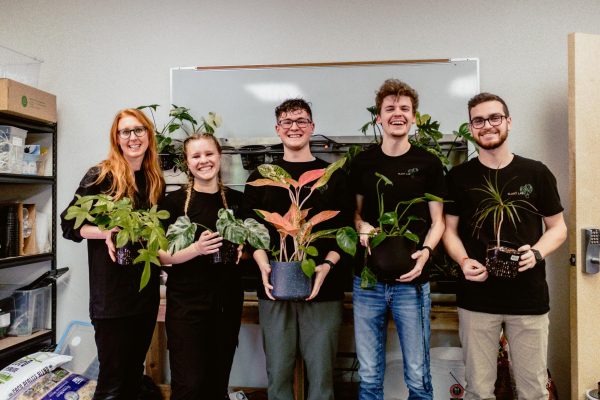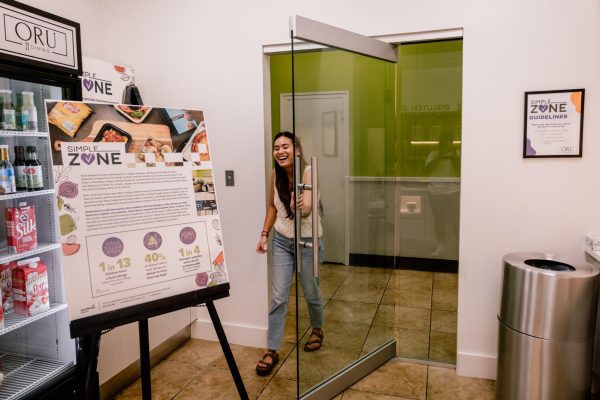Mea Molnar: aging out of the foster care system
A student’s journey on coming out of the foster care system while being full of Christ.
April 8, 2022
To this day she remembers the roar of commercial airliners flying overhead. Even now, such sounds produce tremendous anxiety.
Mea Molnar was only 7 years old when she entered Hillcrest Receiving Homes in San Diego, California. Looking over the playground’s chain-link fence, she could see vehicles zooming down an expressway while planes arrived and departed from a nearby airport. Instead of playing, she stood there feeling broken and empty.
Each night, she slept in a huge room with 15 to 20 beds while her sister, 2, was in a nursery, completely separated.
“One of the things that I really remember are the nights. Falling asleep in bed just crying because I felt unloved and unwanted in a place that was very dark and dainty,” says Molnar, now 39 and studying ministry and leadership at Oral Roberts University with a minor in business.
“The adults and staff that worked in this home were not allowed to give any type of personal affection to any of the kids. We felt a severe lack of nurturing; a severe lack of care.”
This was the start of a lot of her feelings of unworthiness. Living at Hillcrest was one of the earliest stages where Molnar felt like she had to fend for herself and protect herself. Each day she wondered what tomorrow would bring, all while not having a blanket of personal security.
“I recall constantly wanting to be with my mom, even though I knew my mom wasn’t a safe person,” Molnar says.
Molnar’s mother was the youngest of nine in her family. At age 18, her and her other siblings each received $10,000 from their parents, Molnar’s grandparents. Molnar’s aunts and uncles used this money toward higher education, but her mother used it to party. Molnar’s biological father had an affair with her mother, leading to Molnar’s birth. Her mother was only 19, eventually went down a path of prostitution, which led to the birth of Molnar’s sister.
By the age of 5, Molnar had gone through “pretty much every abuse that’s possible,” she says. This included verbal, mental, sexual and physical abuse. But she was also 5 years old when she became a believer in Christ.
In a home across the street from her childhood apartment building, a couple hosted Christian puppet shows for the neighborhood kids. This new faith is what eventually brought her to the emotional and spiritual place that she is in now.
After a year and a half of investigation by Child Protective Services, Molnar went back to her mother by age 9.
“I was abused all over again, and this time with greater harm than previously,” Molnar says.
More than 23,000 children will age out of the U.S. foster-care system every year, according to the National Foster Youth Institute. Molnar was no exception: After being placed back in the system at age 13, she aged out at 18.
“The statistics when I was in the foster system were that one out of three kids; within the first five years of leaving the system, will either be incarcerated, homeless, on drugs or dead,” Molnar says.
“You have a greater chance of your own offspring being in the foster-care system within their lifetime if you were in the foster care system at one point. This was a drive to make sure that my own children were never in the system.”
When Molnar aged out, she was at a residential care facility named David & Margaret Home. During this time, she became pregnant and was kicked out of the home. One of the main rules in the house was that you were not allowed to become pregnant. This resulted in Molnar becoming homeless and alone on the streets.
Her son, now 20, is in the US Marines. She also has a 16-year-old daughter who lives with her.
“He is the gift that God used to change the trajectory of my life,” Molnar says.
“When I was pregnant with my son, I had seriously contemplated an abortion … I was in an abortion clinic when I felt the Lord tell me to flee.”
In the following weeks of her pregnancy, Molnar found herself on a Greyhound bus to the upper peninsula of Michigan to live with her dad temporarily, and that is where she met her current husband four months later. Her life would have been very different if she did not become pregnant with her son, Molnar says.
“I believe that there are more children that should be in the foster care system who are not,” Molnar says, explaining that she accumulated 16 runaway charges before officials investigated the abusive situation she was in.
Even after her multiple attempts at running away as a child, police and Child Protective Services would continually return her to her home, not investigating why she wanted to leave. There was no tipping point for CPS. Eventually, her mother decided that Molnar was too much to handle and surrendered her rights as a primary caregiver.
Molnar, as a foster child, became used to moving from house to house, never finding a stable and secure environment.
“When a person who gets adjusted to chaos doesn’t have chaos, it makes them feel abnormal,” Molnar says. “They tend to create chaos to find that normal equilibrium.”
When children age out of foster care, they often get kicked out onto the street because the foster family no longer receives state funding after a child graduates from high school and turns 18, Molnar says.
“We need to start implementing transitional living homes,” she says, “where we can be able to teach them fundamental things to live, like how to process a checking account or just be a functioning adult with life skills needed to succeed.”
“On top of that, I think that as the church, we need to really start opening up the doors for them to know Christ … because without Christ, transformation can’t take place.”
After college, Molnar wants to open a residential home for foster children who have aged out of the system. Most transitional living homes allow people to stay only a year to a year and a half. But she wants to give people as much time as they need to transition into adulthood, without a limit.
“I think kicking them out at a year and a half, even though they are not ready, is not going to help them because they’re just going to fall right back on their face,” Molnar says.
Molnar has already been an advocate for foster youth. While living in Virginia, for example, she lobbied the state Legislature to support a bill for foster youth to transfer from a community college to a four-year university while continuing to pay the community college tuition rates.
Molnar eventually led her mother to the Christian faith and has regular contact with her. Despite the trauma that she went through, Molnar tries to live by the scripture verse Genesis 50:20, which says “You intended to harm me, but God intended it for good to accomplish what is now being done, the saving of many lives.”
Reflecting on this scripture, Molnar shares her story as a testimony to serve and help those who go through similar issues that she once faced.
“The way my mindset is for these youth, is that I’m in it for life, until the day I die,” she says. “That means I’m there for them if they need a safe place or need help … I’m basically their support for the rest of their life.”

